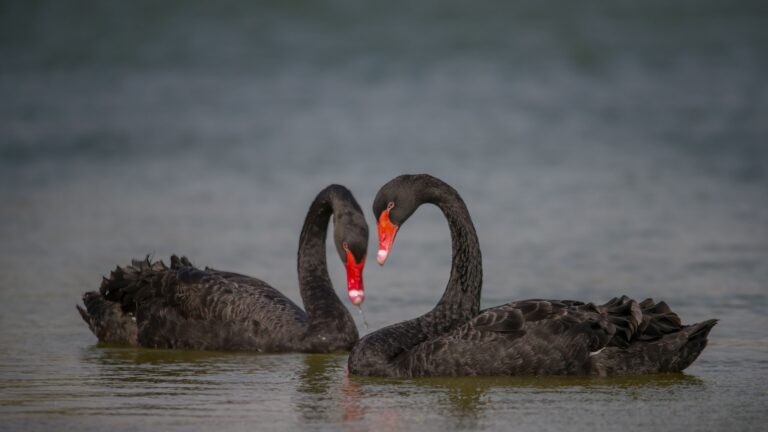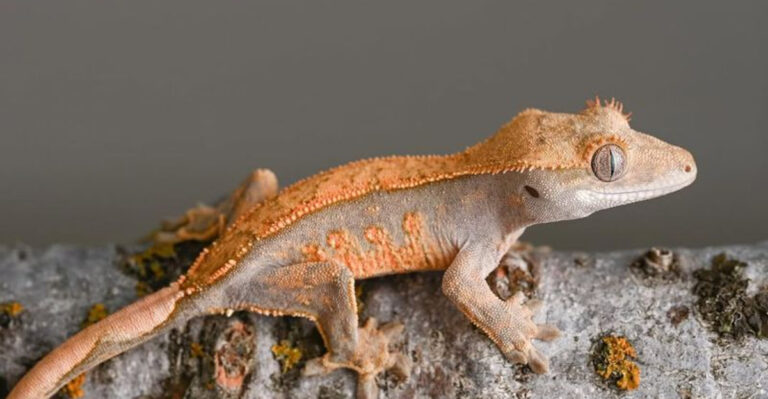13 Facts About The Rare And Elusive Oncilla
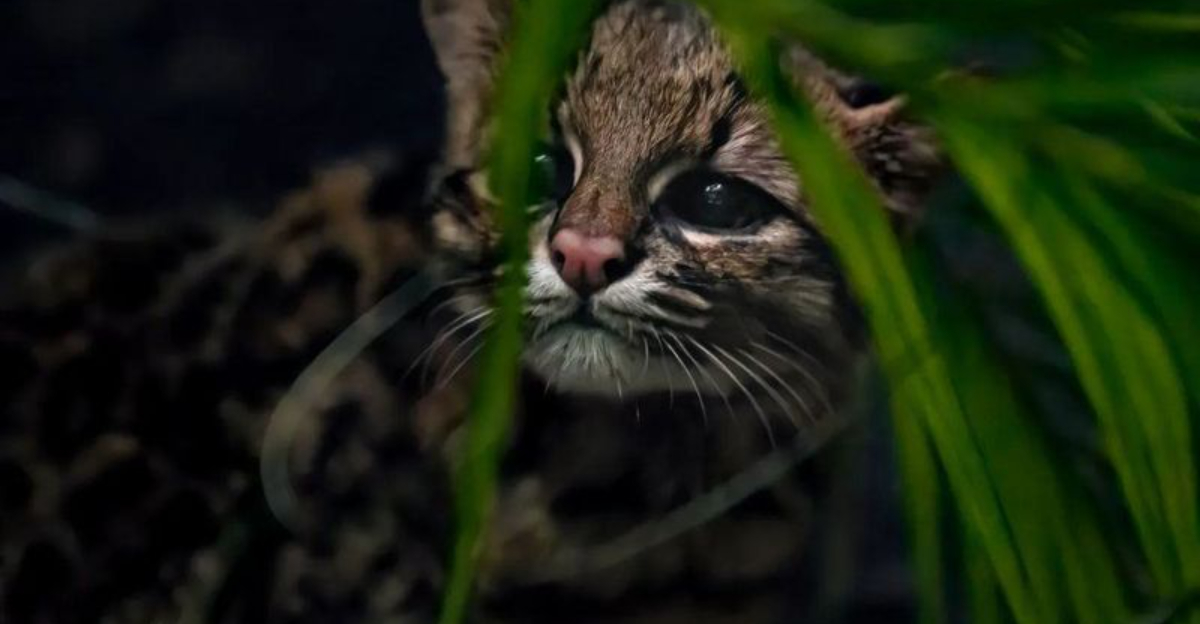
Hidden in the shadows of South American rainforests lives one of the world’s most mysterious wild cats – the oncilla.
Smaller than a house cat but with the heart of a mighty predator, these spotted beauties remain largely unknown to most people. Join me as we uncover the secrets of these elusive felines that have managed to stay hidden from human eyes for centuries.
1. What Is The Oncilla?
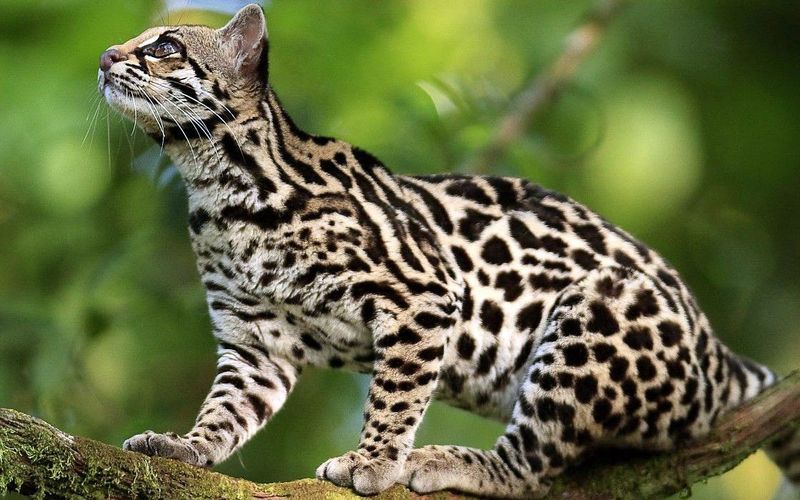
Weighing just 3-4 pounds, the oncilla is a tiny wild cat with distinctive spotted markings resembling a miniature jaguar.
Native to mountainous regions of Central and South America, these secretive cats remain one of the least studied felines on Earth. Scientists know so little about oncillas that some populations were only recently confirmed as separate species!
2. Where Do Oncillas Live?
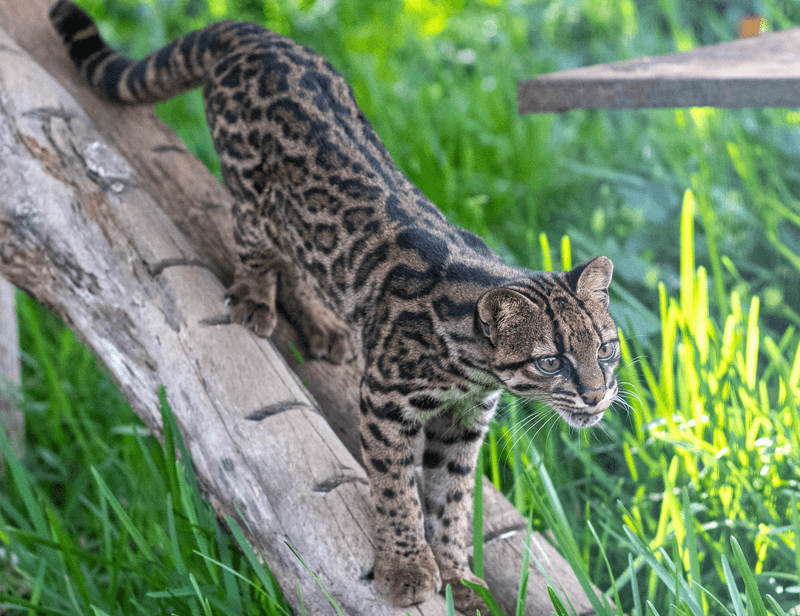
Oncillas prowl through cloud forests and montane rainforests from Costa Rica to northern Argentina. These agile climbers prefer elevations between 1,500-3,000 meters where thick vegetation provides perfect cover for hunting.
Mountain slopes with dense undergrowth create ideal oncilla territory, though fragmentation has isolated many populations from one another.
3. Oncilla’s Size And Appearance
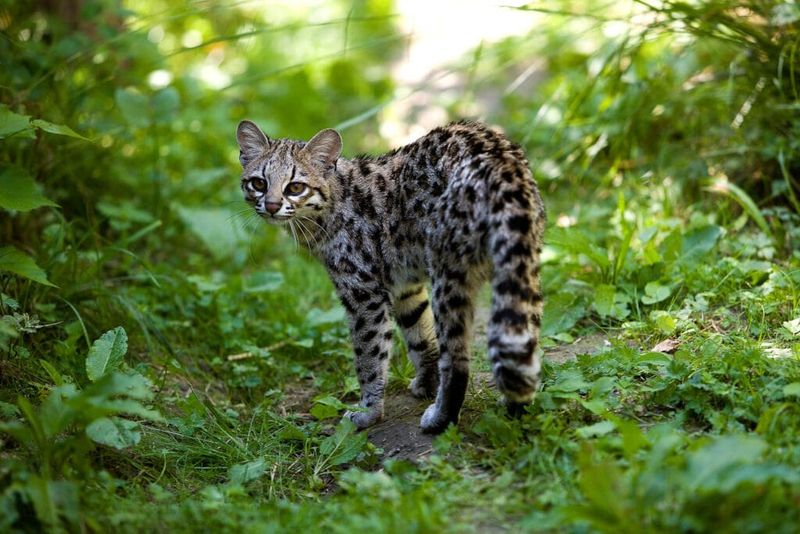
Barely larger than a domestic kitten, adult oncillas stretch just 16-24 inches long with a tail adding another 8-16 inches.
Their golden-brown coat displays black rosettes and spots, providing perfect camouflage among dappled forest shadows. Large, forward-facing eyes give them exceptional night vision for hunting in darkness.
4. Diet And Hunting Habits
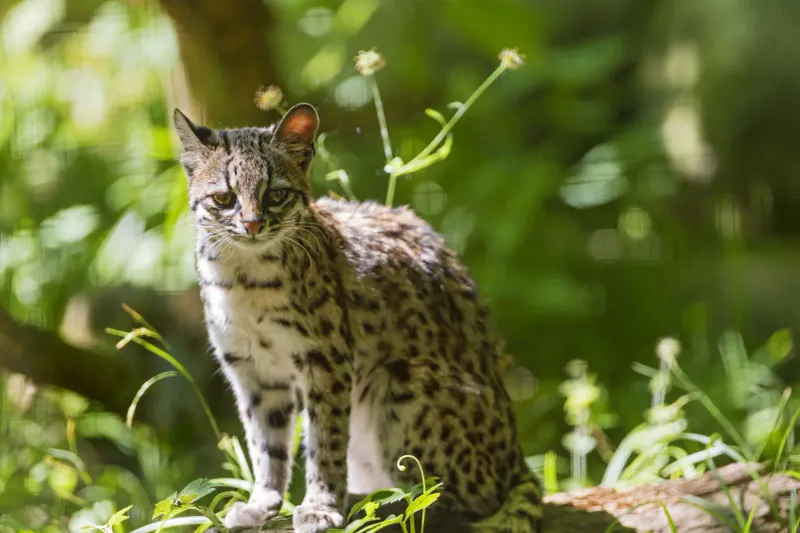
Masters of the midnight hunt, oncillas stalk prey with whisper-quiet precision. Their menu features small rodents, birds, lizards, and insects – anything their lightning-quick reflexes can capture.
Unlike larger cats, oncillas don’t kill with a neck bite but instead use their sharp claws to dispatch prey instantly. Their exceptional climbing abilities let them hunt both on ground and in trees.
5. Oncilla’s Solitary Nature
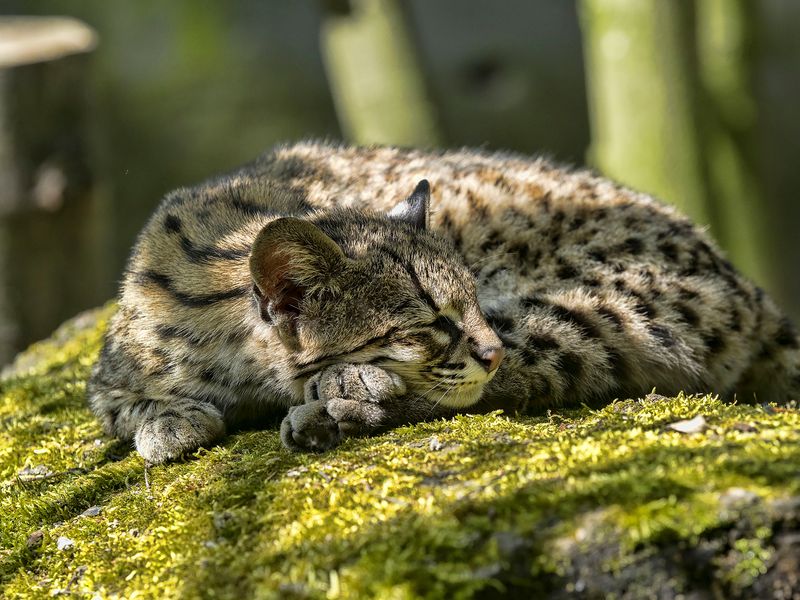
Fiercely independent, oncillas carve out territories spanning several square kilometers, marking boundaries with scent and rarely encountering others of their kind.
Males and females meet briefly only for mating, then return to solitary lives. Researchers using camera traps often wait months to capture even a single oncilla image in the wild.
6. Oncilla’s Reproduction

Female oncillas raise their kittens alone in hidden dens among rocks or hollow logs. After a 75-day pregnancy, they typically deliver 1-2 blind, helpless kittens weighing just ounces.
Young oncillas develop quickly, learning to hunt by three months and becoming independent at around one year. Their wild lifespan remains largely unknown due to their secretive nature.
7. The Role Of Oncillas In Their Ecosystem
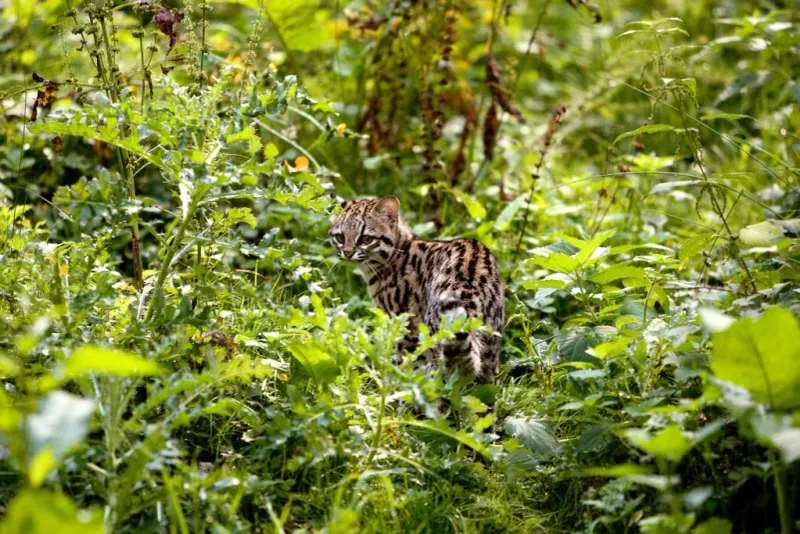
As stealthy predators, oncillas help control populations of small mammals that might otherwise damage forest vegetation or spread disease. Their presence indicates a healthy, functioning ecosystem with intact food webs.
By hunting different prey than larger cats like ocelots, oncillas fill a unique ecological niche that prevents any single rodent species from dominating.
8. Threats To Oncilla Populations

Rampant deforestation for agriculture strips away oncilla habitat at alarming rates. Coffee, cocoa, and cattle farming have claimed vast tracts of their mountain forest homes.
Illegal wildlife traders target these beautiful cats for their spotted pelts or to sell as exotic pets. Road construction further fragments populations, leaving them vulnerable to local extinction.
9. Why Oncillas Are So Difficult To Study In The Wild
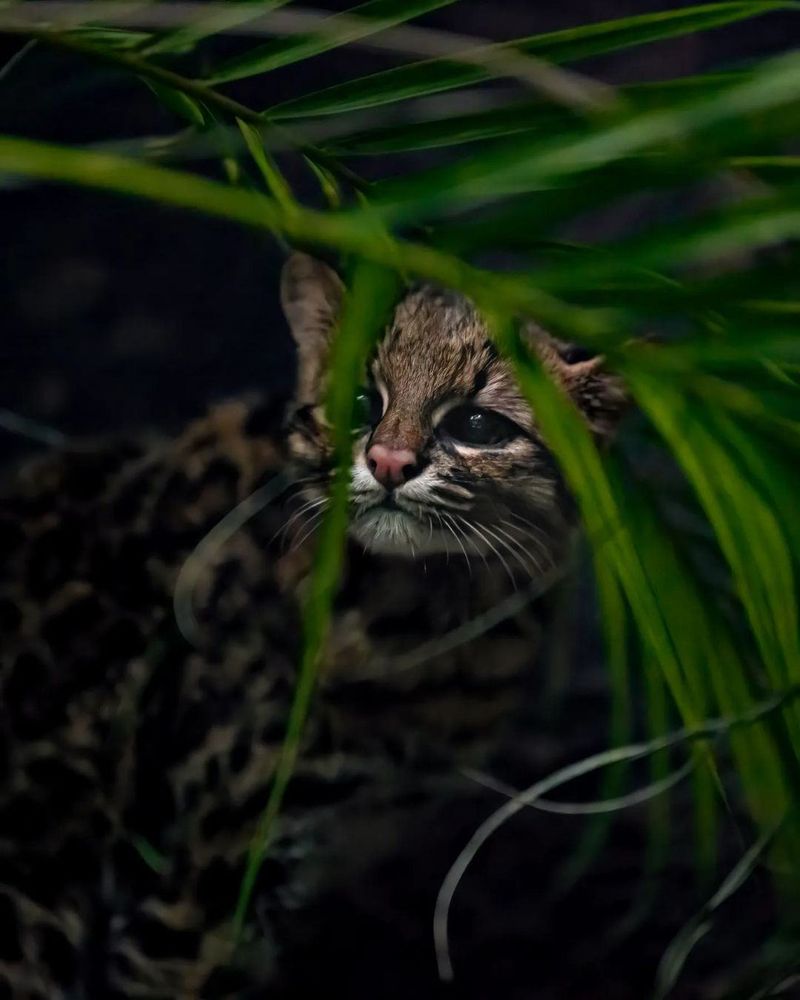
Ghostlike movements and perfect camouflage make oncillas nearly impossible to observe naturally. Their remote mountain habitats challenge researchers with difficult terrain and harsh weather conditions.
Extremely low population densities mean scientists might search for months without encountering a single individual. Even radio collars provide limited data as oncillas move through dense undergrowth that blocks signals.
10. Conservation Efforts
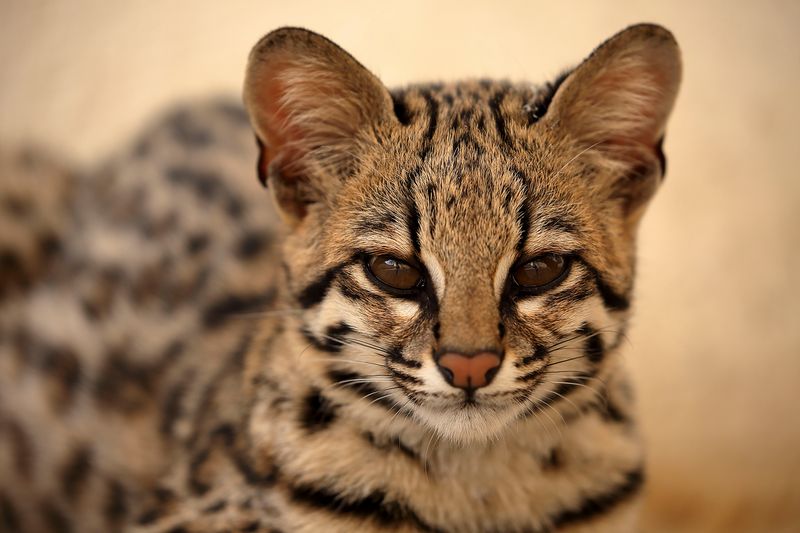
Protected areas across South America now safeguard critical oncilla habitat, though enforcement remains challenging. Conservation organizations deploy camera trap networks to monitor populations and identify crucial corridors between fragmented forests.
Genetic studies reveal distinct oncilla populations, helping prioritize conservation efforts where they’re most needed. Community education programs teach local people about these valuable forest guardians.
11. Oncilla’s Relationship With Other Wild Cats

Sharing forests with larger cousins like ocelots and margays, oncillas avoid competition through clever adaptations. Their smaller size allows them to hunt different prey and access narrower branches where larger cats can’t follow.
Scientists once confused oncillas with margays due to similar appearances, but genetic studies revealed they’re separate species that evolved along different paths thousands of years ago.
12. The Future Of The Oncilla

Climate change threatens to push oncilla habitats upslope as temperatures rise, potentially shrinking their already limited range. Population fragmentation reduces genetic diversity, making these cats more vulnerable to disease and environmental changes. Hope remains as research improves our understanding of their needs. Conservation corridors connecting isolated populations could be key to their long-term survival.
13. How You Can Help Protect The Oncilla And Its Habitat
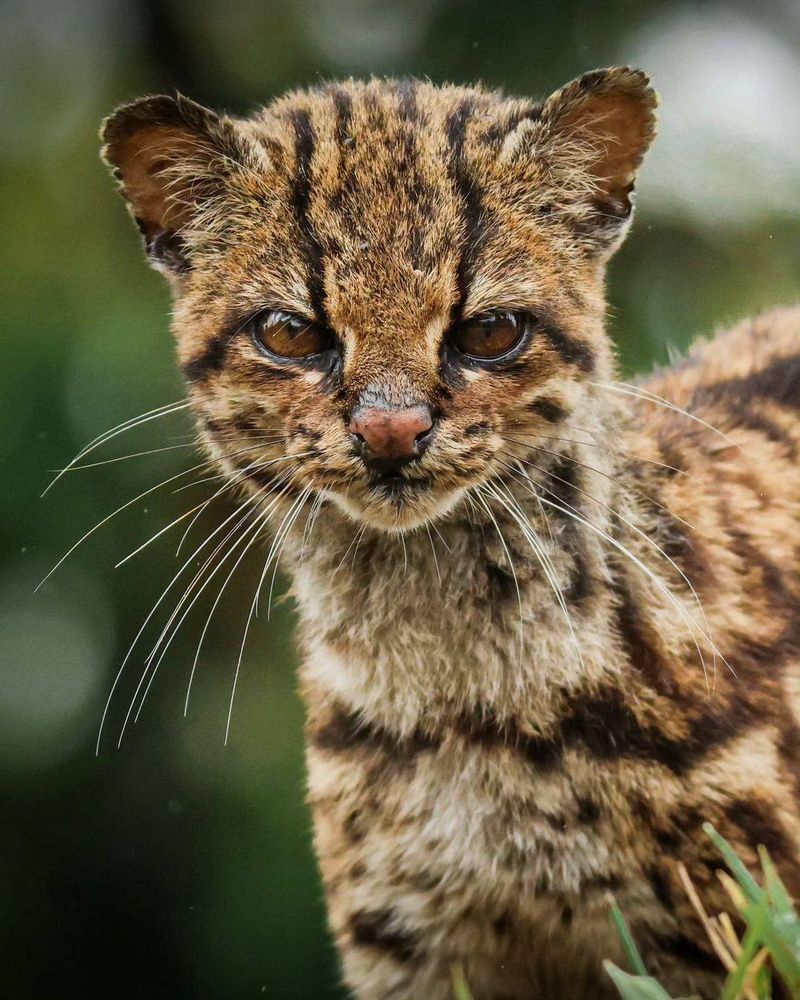
Supporting shade-grown coffee and cocoa helps preserve forest canopies where oncillas hunt. Organizations like Rainforest Alliance certify products that protect wildlife habitat rather than destroying it.
Spreading awareness through social media brings attention to these forgotten felines. Even small donations to conservation groups fund critical research and land protection efforts across South America.



